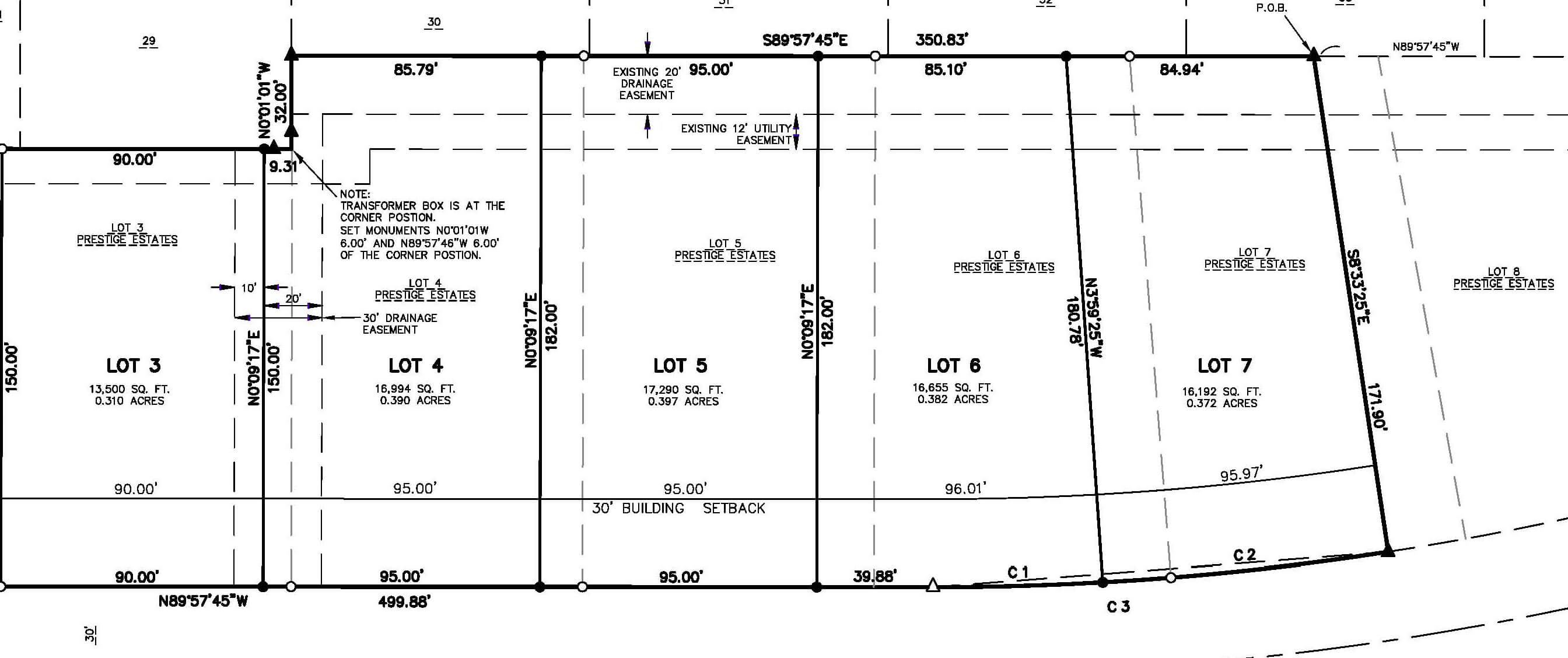

This was also placed 0.50 metres from the east and south boundaries of the property. In the case of our plan, a metal pin was also placed in the bottom right hand corner of the property. We will write a future article about the different types of survey marks that could be placed in a boundary survey process. The red dot indicates the masonry nail that has been placed while the red arrows indicate the distance between the red dotted line, and the boundary (which is 0.50 metres).ĭifferent types of marks are placed in different situations. Instead, the mark has been placed 0.50 metres (or 50cm) from the west and south boundaries in the corner of the allotment. Only a certified survey of the boundaries that is lodged at the Lands Titles Office for approval and deposit is more accurate.Īt the back of the property (or the bottom of our boundary survey plan) the marks were not able to be placed on the corner of the boundary because of some fencing in the way. The land area shown on a boundary survey plan that is signed by a licensed surveyor is the true size of your land. In some cases, this measurement may differ from the size that your land title shows, or what someone has told you. In the case of our example boundary survey plan, the land area is 781m². The land area is shown in the middle of the land and indicates the true size of your property as determined by the licensed surveyor.

It is valuable to seek the advice of a licensed surveyor before starting the design of your new house to avoid costly changes in the future.

This can have implications on the design of your home as in most cases, your home will be truly rectangular. This means that the angle between the top and right hand side boundary of the property is 89☀0’30” and not exactly 90° (degrees).

The boundary on the right hand side has an orientation of 175°(degrees) 08′(minutes) 30″(seconds). The orientation of the boundary is generally useful in determining if your block is truly rectangular of if the corners of the allotment are not exactly 90° (degrees). The top boundary is 85°(degrees) and 09′(minutes) from true north. The boundary on the right hand side has a length of 37.69 (metres). The length of the boundary at the top of the page is 20.73 (metres). In our example, the image shows our northern boundary (the top of the page) and our eastern boundary (right hand side of the page).


 0 kommentar(er)
0 kommentar(er)
